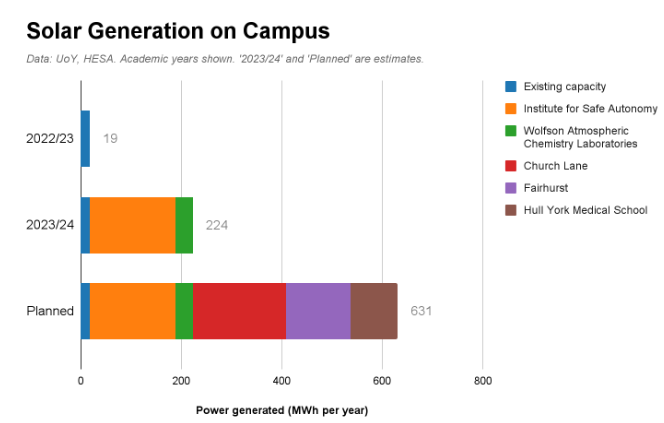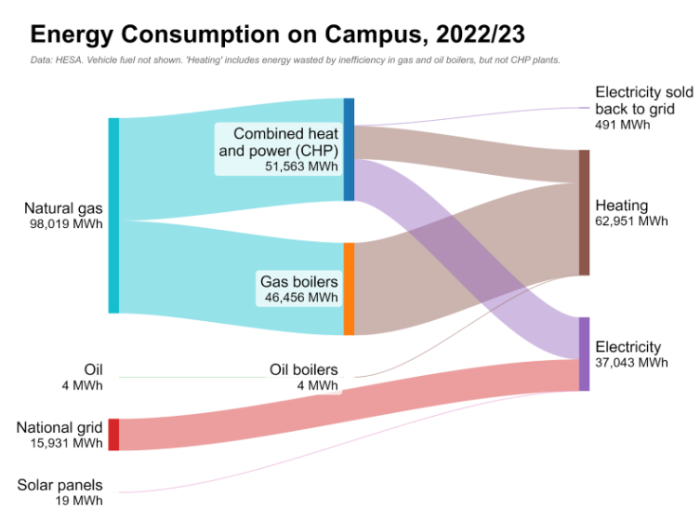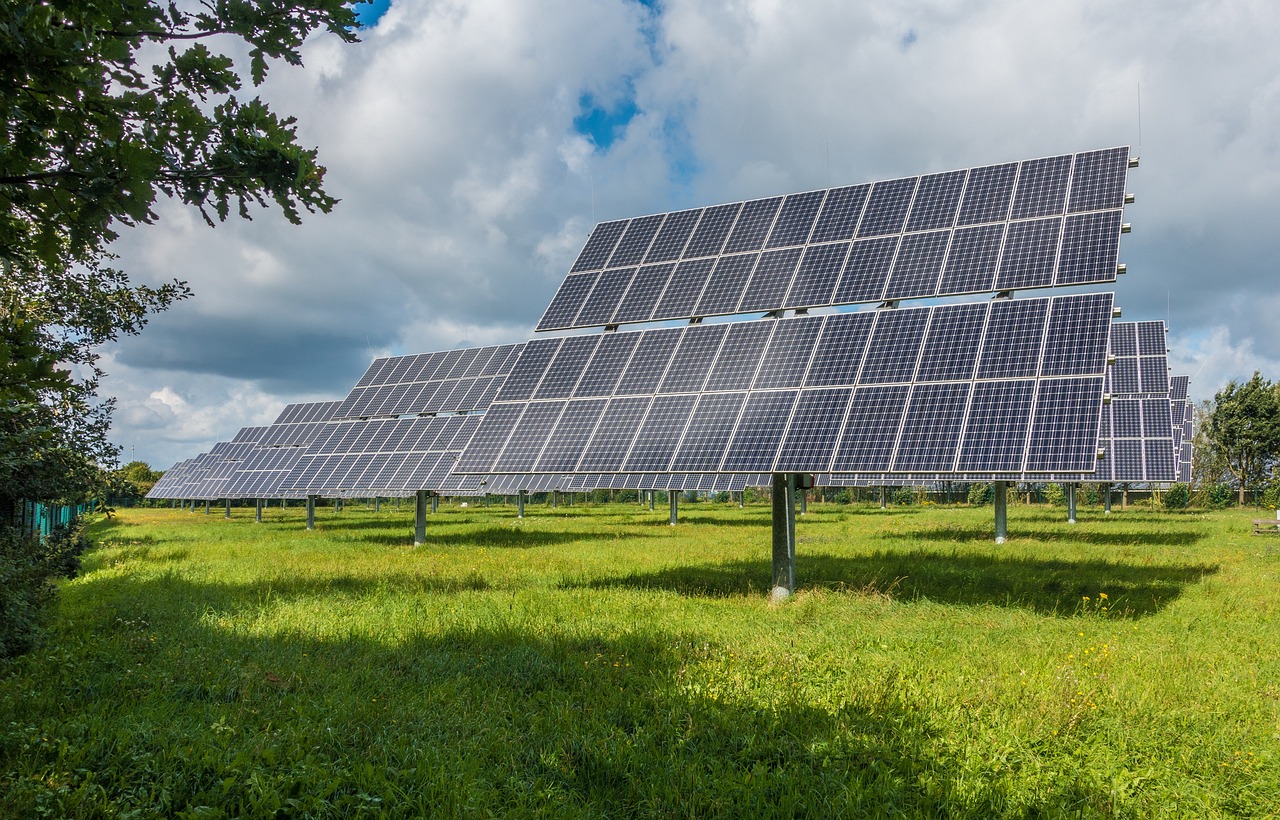The University has obtained council approval to install over 900 solar panels across the roofs of three buildings on Campus West.
The Church Lane building is planned to receive 402 of the new panels, with the remaining to be fitted to the Fairhurst library building (327) and Hull York Medical School (207).
Based on data from the University, it is estimated that these will generate 410MWh (megawatt-hours) of electricity per year, enough to power 150 homes.
These three buildings come after two solar energy projects were completed in the 2023 – 2024 academic year. This includes a 170MWh/year solar farm at the Institute for Safe Autonomy on Campus East; and a smaller 35MWh/year array on the roof of the Wolfson Atmospheric Chemistry Laboratories building on Campus West.
If the three new projects are built, the University’s solar capacity will total 630MWh per year, which is 35 times more than was being generated in each year up to 2022 – 2023.

However, even after the expansion, solar will still make up less than 3% of the electricity that the University generates for itself.
The remaining comes from its combined heat and power (CHP) plants, which are ultimately fuelled by natural gas. In addition, in 2022 – 2023 it used 15,900MWh of electricity from the National Grid, all of which was purchased from renewable sources.
This electricity consumption sits alongside the energy used for heating campus buildings, almost all of which came from gas boilers in the 2022 – 2023 academic year, although a fraction came from biomass boilers in previous years.

The University has recently invested tens of millions of pounds in a new Energy Centre on Campus East, which provides 26,000MWh of CHP and 7,000MWh of biomass capacity annually.
Also in use at many other universities, CHP plants generate electricity (like a power station) and funnel leftover heat (like a boiler) into warming buildings on campus, through a system of district heating.
This is much more efficient and economical for the University, the UK Government website saying that combining the power station and boiler elements into one facility can “reduce carbon emissions by up to 30% compared to the separate means of conventional generation via a boiler and power station”, even though it still relies on fossil fuels to do this.
According to the Higher Education Statistics Agency (HESA), the University of York’s carbon emissions totalled 21,312t CO2e (tonnes of CO2-equivalent) for the 2022 – 2023 academic year – roughly the same as if every student took a flight to New York. For comparison, Durham, a Russell Group university with a similar number of students, has a carbon footprint of 20,388t CO2e.
According to the Higher Education Statistics Agency (HESA), the University of York’s carbon emissions totalled 21,313t CO2e (tonnes of CO2-equivalent) for the 2022 – 2023 academic year. This is roughly the same as if every student took an economy-class flight to New York, according to carbonfootprint.com, but this does align with other similar institutions such as Durham University.
A University spokesperson said: “As a community, we are really serious about creating a more sustainable future and we are proud of the progress we have made so far, such as our recently installed Institute of Safe Autonomy Net-Zero solar farm, which not only helps reduce our carbon footprint but will form a ‘living lab’ where researchers can develop and test new robotic and AI technologies to improve the renewable energy sector.
“We know there is more to do to achieve our sustainability goals and we are investing in renewable technologies and working with staff and students to embed sustainable thinking across all areas of the University, including initiatives including our energy saving campaign.”
The University will publish its latest Sustainability Plan Annual Report in November.
